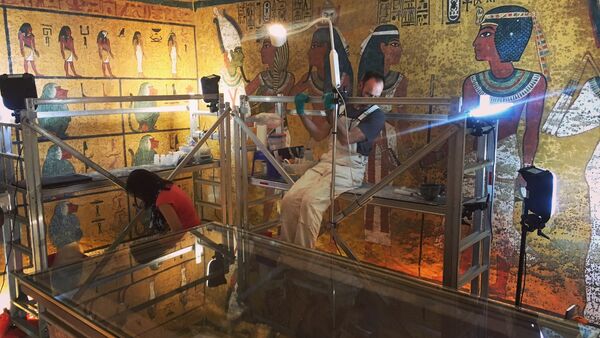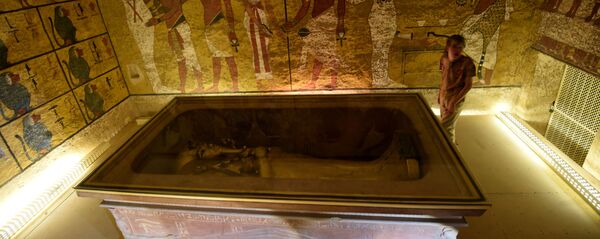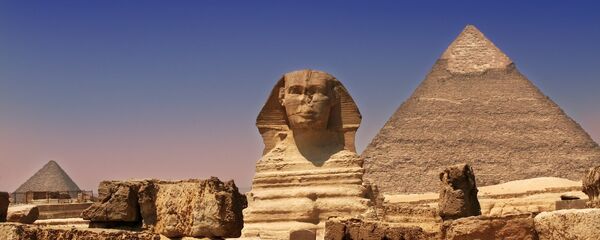Previous attempts to find Nefertiti's secret tomb resulted in contradictory and incomplete data. As for the new project, led by Italian professor of physics Franco Porcelli, it will finally take the issue off the table, no matter what results it shows.

Nefertiti's Mysteries
In early August 2015, British historian and archaeologist Nicholas Reeves published a sensational article. Based on the HD-images of Tutankhamun's tomb situated in the Valley of the Kings, he claimed that one of its walls may hide a secret chamber of the pharaoh's step-mother, the legendary Nefertiti.
Subsequently, two groups of scientists from Japan and the US studied the walls of King Tut's tomb using radar, heat sensors and other tools. Japanese physicists confirmed Reeves' calculations and conclusions, while their American colleagues denied them. As a result, the Government of Egypt banned the opening of the tomb until more complete and persuasive reports are made available.
Searching for truth
The scientists emphasize that they are using a "non-contact" method, which causes no damage to the walls of tombs and artifacts. New-generation radars cover the entire frequency range, and they will allow the researchers to scan rock and soil at the depth of 10 meters. With such radars the scientists will be able to find things that couldn't be caught by radars produced in the 1980s and the 1990s. The works will result in a three-dimensional map of the Valley of the Kings, which will be then used by archaeologists in search of the secret rooms, tombs and remains.




